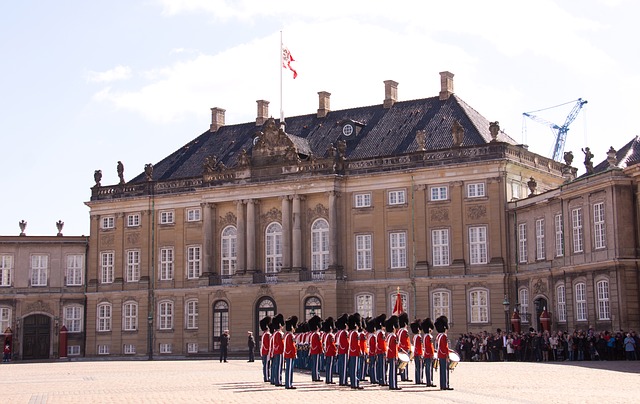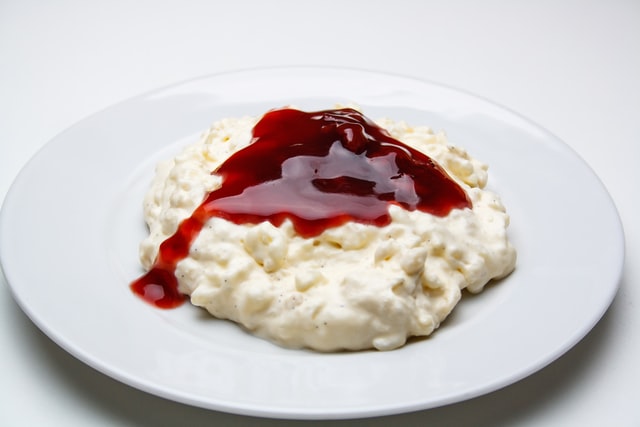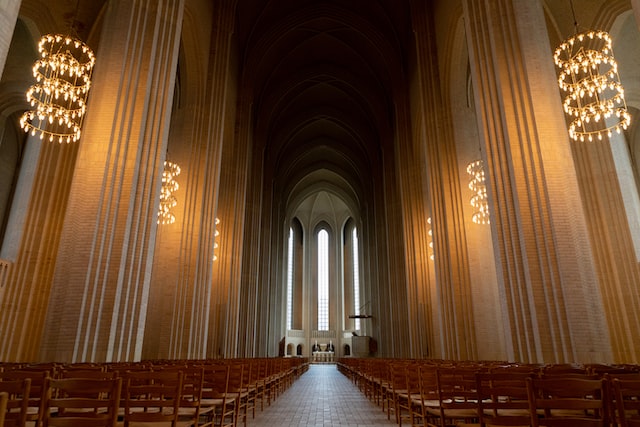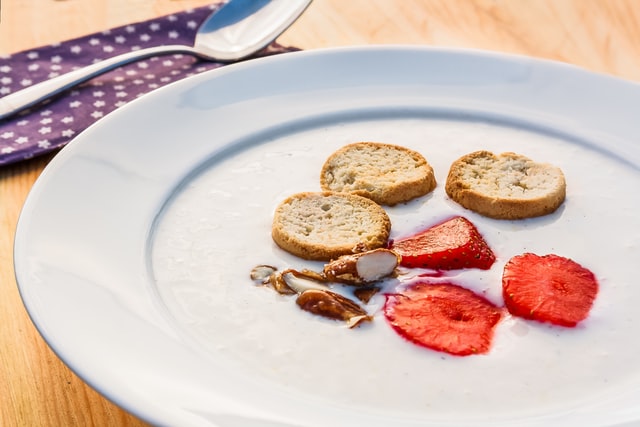Danish: Denmark’s favorite sweet bread
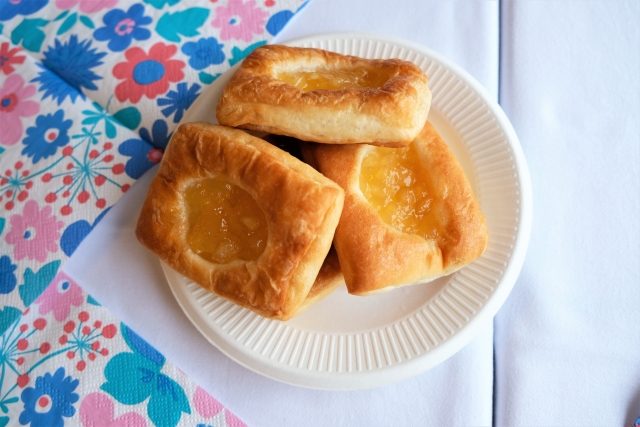
Danish is a bread with a sweet, crispy dough that everyone has eaten at least once.
In Denmark, Danish is also an indispensable specialty bread and is eaten on various occasions from birthdays to coffee breaks. In this article, I would like to introduce you to Danish.
Denmark’s famous bread
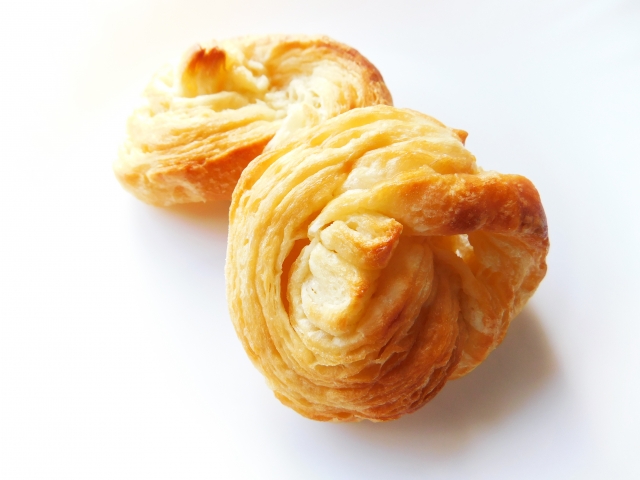
In Nordic countries, Danish is a popular bread in Denmark. Danish can also be called Danish pastry with the word pastry, which refers to all pastries made from flour and baked into the shape of a pie.
And the most important characteristic of Danish is its crispy texture. The crispy texture is created by multiple layers of dough. After the solid butter is covered with the dough, it is repeatedly folded while being stretched thin. The butter is then sandwiched between the layers of dough. When baked in the oven, the butter between the layers melts into the dough, creating the gaps that give the bread its crispy texture.
Danish is also characterized by its colorful toppings. In Denmark, many different types of Danish are sold topped with fresh cream, chocolate, and colorful fruit jams.
Danish is called by a different name in Denmark, the name “wienerbrød”, which means Viennese bread. Why is it called Viennese bread? As will be explained in detail later, Danish actually originated in Vienna, Austria.
How to enjoy Danish
In Denmark, many different types of Danish are eaten. For example, “Kringle” is a Danish bread with a unique appearance of overlapping rings, similar to the German bread pretzel.
On birthdays, it is customary to eat Kringle instead of cake as a celebratory sweet. On a child’s birthday, Danish people make a Danish in the shape of a child, called a käyermann. The baked käyermann are then distributed to family and friends as gifts.
And have you ever heard of the Danish word “Hygge”? Hygge means a warm atmosphere felt in the company of others. Hygge time is an essential part of Danish life. Danish people enjoy the Hygge time when they find time to enjoy Danish pastries and other sweet treats, and spend a peaceful moment.
In Sweden, there is a coffee break time called “Fika” as well. Both Denmark and Sweden are attracting worldwide attention for their high levels of happiness and work productivity. This may be due to the custom of “Hygge” or “Fika” to refresh the body and mind. For more information on Fika, this article is recommended.


Danish originated in Vienna
Danish is generally thought of as a sweet bread that originated in Denmark, due in part to the fact that it reads the same as “Danish,” meaning Denmark. However, Danish is said to have originally come to Denmark from Vienna, as evidenced by the fact that it is called “wienerbrød,” meaning “Viennese bread” in Denmark.
Vienna once dominated Europe as the Habsburg Empire. Due to its influence, the Viennese food culture spread to the surrounding European countries. It is said that Danish was introduced to Denmark from Vienna in the 1850s.
At that time, there was a bakery strike in the city of Copenhagen. While sales of bread were slow due to the strike, a baker from Austria introduced the Danish bread we know today.
As a side note, French croissants originated in Vienna. In France, pastries are also called “viennoiserie,” meaning “Viennese bread.” It is widely believed that it was Marie Antoinette who introduced croissants and other pastries from Vienna to France. Marie Antoinette was born in Vienna, and it is said that when she married the queen of France, she brought with her bread from her native Vienna. In other words, Danish and croissant are like brothers who came from the same Vienna.
First sold by Andersen in Japan
Danish is not only well known in Europe but has also become one of the most popular breads in Japan, where it is always served at breakfast in bakeries and hotels.
Danish first appeared in Japan in 1962, sold by a bakery called Takagi Bakery, which was established in Hiroshima Prefecture shortly after World War II. Takagi Bakery’s founder, Shunsuke Takagi, stopped in Copenhagen during a trip to Europe in 1959.
He was so impressed by the Danish he had for breakfast at the hotel where he stayed that he wanted to offer the same taste in Japan. In 1962, three years after his first encounter with Danish in Denmark, he launched the Danish he had longed for at Takagi Bakery. In 1967, Takagi Bakery changed its name to Andersen Co.
The Andersen Group is now one of the leading baking companies in Japan. There are probably quite a few people who have used Andersen’s stores. And as some of you may have noticed, the company name Andersen is derived from Hans Christian Andersen, a Danish writer who created many fairy tales, including “The Little Mermaid” and “The Ugly Duckling.”
Conclusion
For people living in Denmark, Danish is an indispensable bread for breakfast and lunch, and as an accompaniment to coffee during Hygge.
Introduced to Denmark from Vienna and then to Japan in 1962, Danish is a bread that has transcended oceans and time and is loved around the world.

